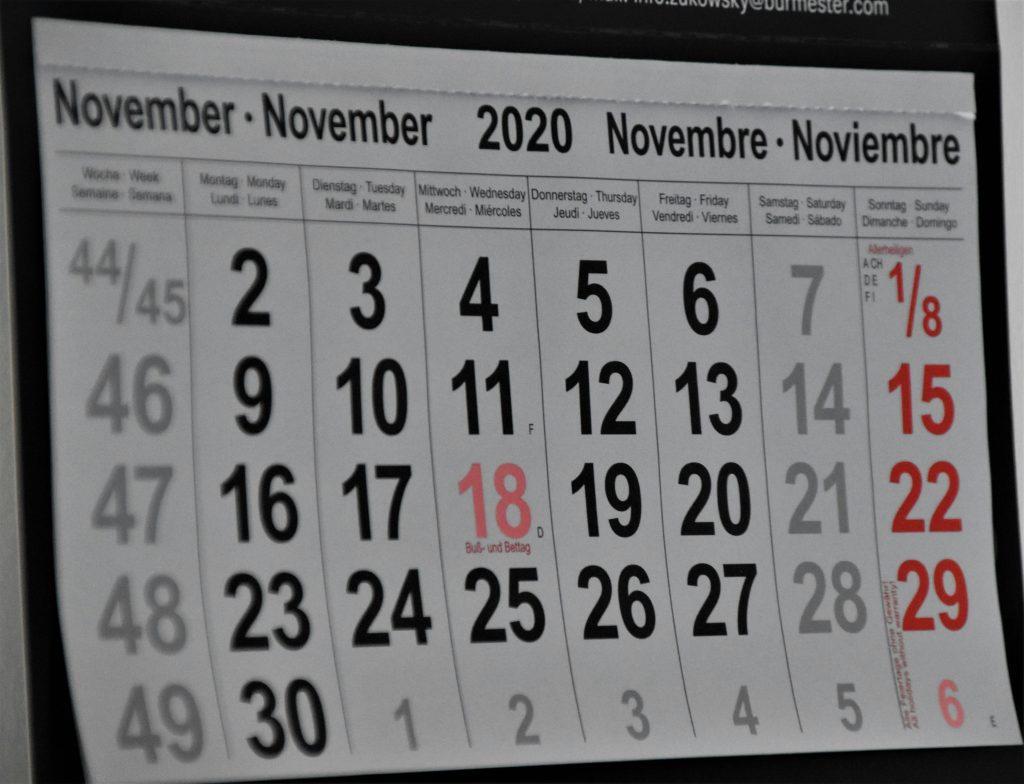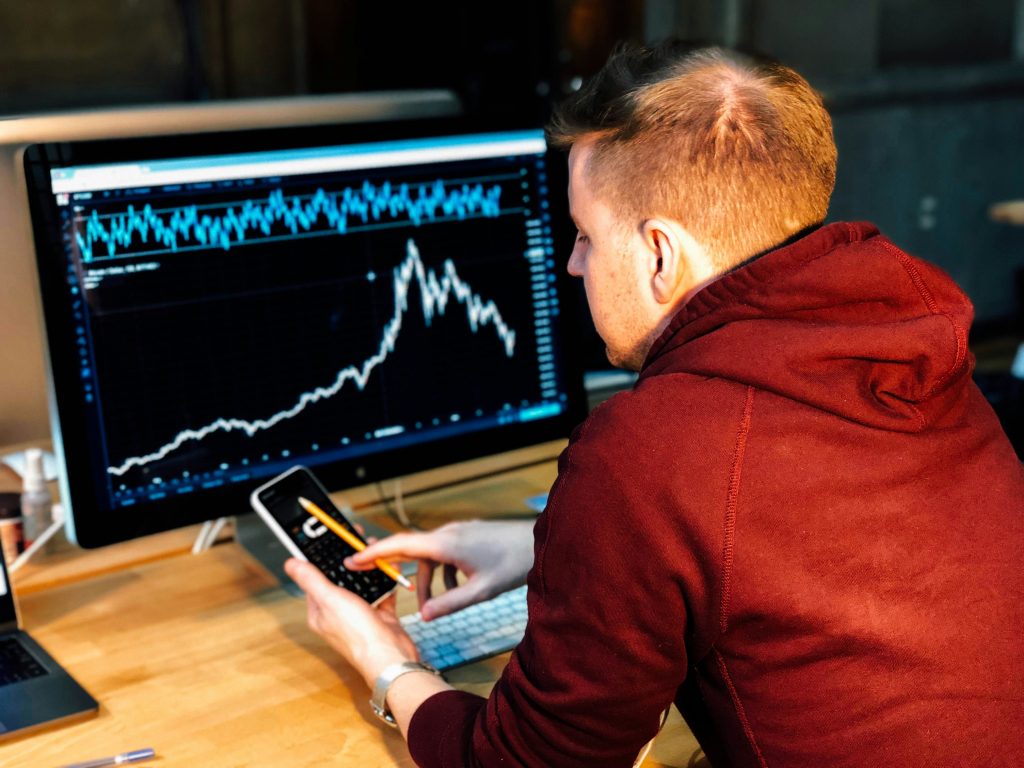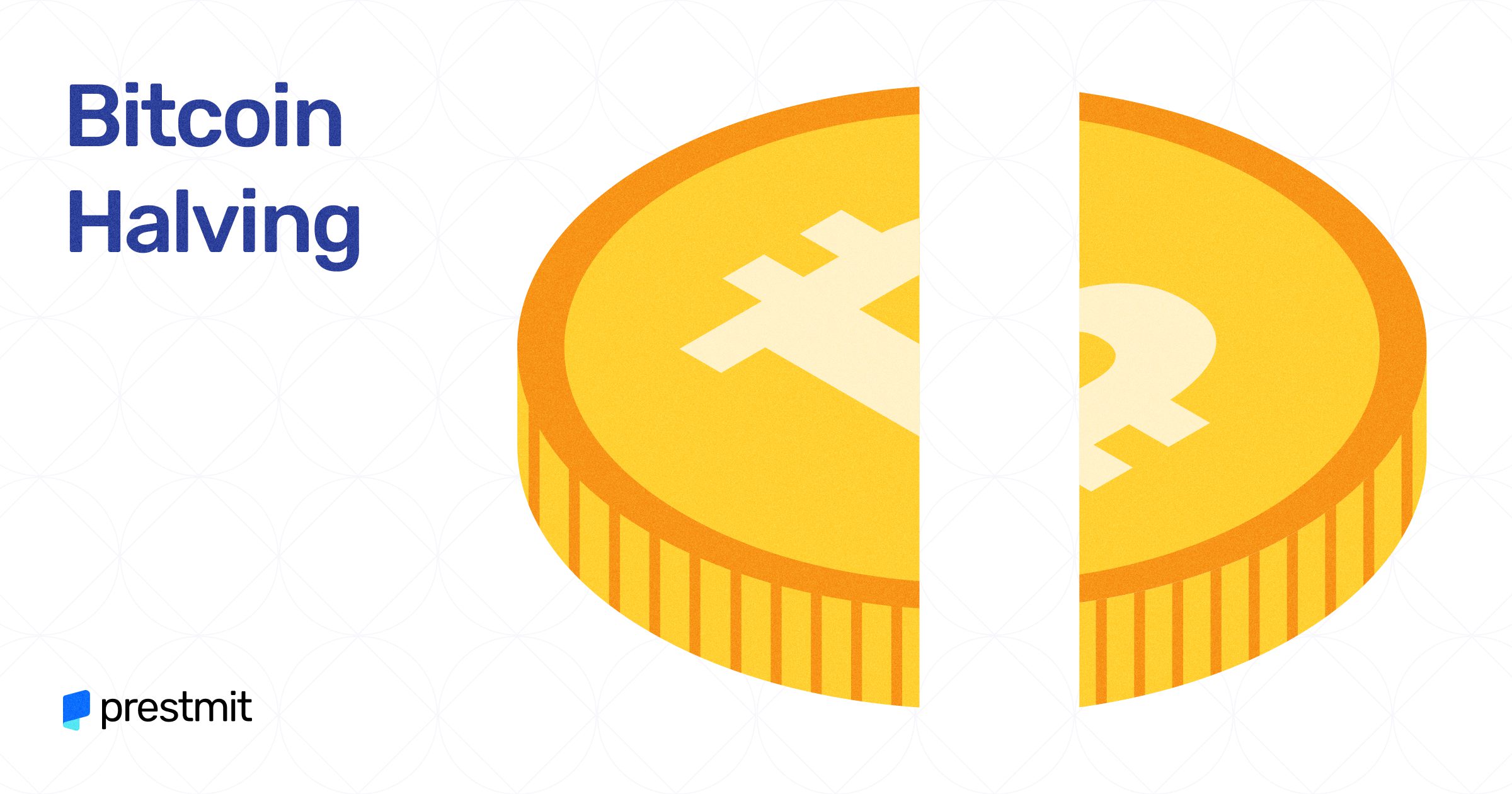Bitcoin halving is exactly what it means – dividing Bitcoin into two. But whose Bitcoin? Why does it happen, and who authorises it? You’ll find the answers to these questions right here.
The coin’s creators introduced Bitcoin halving to create balance in the Bitcoin economy. It doesn’t directly affect everyone, but the Bitcoin economy feels the impact of this event every time it happens. It’s not a random event, so you can predict market movements way before it happens. So, how much do you know about Bitcoin halving?
In this article, we’ll quickly dive into Bitcoin halving – what it is, when it happens and why.
What is Bitcoin Halving?
Bitcoin halving is an event in which the reward for mining Bitcoin is slashed in two. It’s one of the most defining events in the Bitcoin ecosphere. It’s a control mechanism that was incorporated when the creators of Bitcoin were designing its algorithm.
Bitcoin mining is the process of verifying transactions on the blockchain. The blockchain comprises blocks, and each block contains a number of transactions. Miners attempt to verify each block using cryptography. Anyone who successfully “cracks the code” verifies the block and earns the reward.

Bitcoin halving takes place approximately every four years. It has occurred at that pace since the first halving event in 2012. It is set to four years because that’s how long it takes to mine 210,000 blocks.
Now, a block is verified approximately every 10 minutes. So imagine how many blocks miners verify in a day. The code integrated into the Bitcoins algorithm at the onset is to reduce the amount of Bitcoins miners receive as a reward after every 210,000 blocks.
So, if it takes 10 minutes, more or less, to verify a block, it’ll take approximately 1,461 days to complete 210,000 blocks. That’s why halving occurs approximately every four years.
History of Bitcoin Halving

The first halving took place in November 2012. Bitcoin mining reward before the halving was 50 Bitcoins. Those who mined Bitcoin from the onset (2008/2009) received 50 Bitcoins, pushing the cryptocurrency into circulation at a gushing speed.
After the halving, the reward came down to 25, reducing the amount entering circulation per time.
The next Bitcoin halving event occurred in July 2016, reducing the reward from 25 to 12.5.
At the time of writing, the most recent halving was in May 2020, and the mining reward came down from 12.5 to 6.25.
Historically, the impact of each halving event is similar. However, economists and market analysts still ponder whether the dramatic price increase is proportional to the halving. But following the pattern of the market always going into a bull run shortly before and after the halving, one can infer that the halving event causes a spike in price.
The logic is that since halving reduces the supply of Bitcoins, demand increases, and the price point increases to meet or curb the demand.
Why is Bitcoin Halved?
Remember, we have established that miners are the ones who introduce Bitcoin into circulation. They earn new Bitcoin as a reward for their mining.
Bitcoin halving takes place to control the number of Bitcoins in circulation and control inflation. According to Forbes, CEO of CoinRoutes, David Weisberger, said that the Bitcoin inflation rate as of January 2024 was 2% and was set to decrease even further after the halving.
An article published on Yahoo Finance states that the number of Bitcoins released into circulation since the last halving is 1,312,500. After the upcoming halving, the number that will enter into circulation before the next halving is about 656,250 Bitcoins. This diminishing supply will increase demand and, therefore, the price point.
When is The Next Halving Event?
The next Bitcoin halving will occur between April and May 2024. The date is not definite because it depends on the number of newly created blocks. The code written into the Bitcoins algorithm makes halving occur after 210,000 blocks have been created and verified.
At the time of writing, there are already 19 million Bitcoins in circulation out of the finite number of 21 million. When the number of completed blocks amounts to 210,000, the halving will occur, whether it’s been four years or less since the last one.
Long-Term Impact of Bitcoin Halving

Following the pattern of price movements before and after each halving event, analysts have inferred that the halving drives price points up significantly. While other factors play a role in the bullish drive of the Bitcoin market, it’s undeniable that the diminished supply and increased demand result in a long-term spike in price.
A statement from Rob Chang, CEO of Graphy Digital Mining, culled from a Forbes article, explains that there’s a lot of price volatility just before and after a halving event. However, a few months later, the price always moves upward.
Another statement from the same article warns investors to consider this next halving carefully. It explains that in as much as there’s a trend of increased prices after halving, this next one may affect the number of miners available and cause a price crash. In other words, if miners begin to question if Bitcoin mining is profitable, they might back out and greatly reduce the supply which would have a negative effect on price.
Bottomline
Bitcoin halving is an event that reduces the number of Bitcoins miners receive as a reward for Bitcoin mining. The significance of this event is to control and reduce inflation as much as possible by reducing the amount of Bitcoin entering circulation with time.
The next scheduled halving will take place between April and May 2024. The Bitcoin community is anticipating this event, and prices will likely increase. However, some experts warn that investors should be careful as this next halving may yield a different outcome than previous ones if mining activity reduces.

